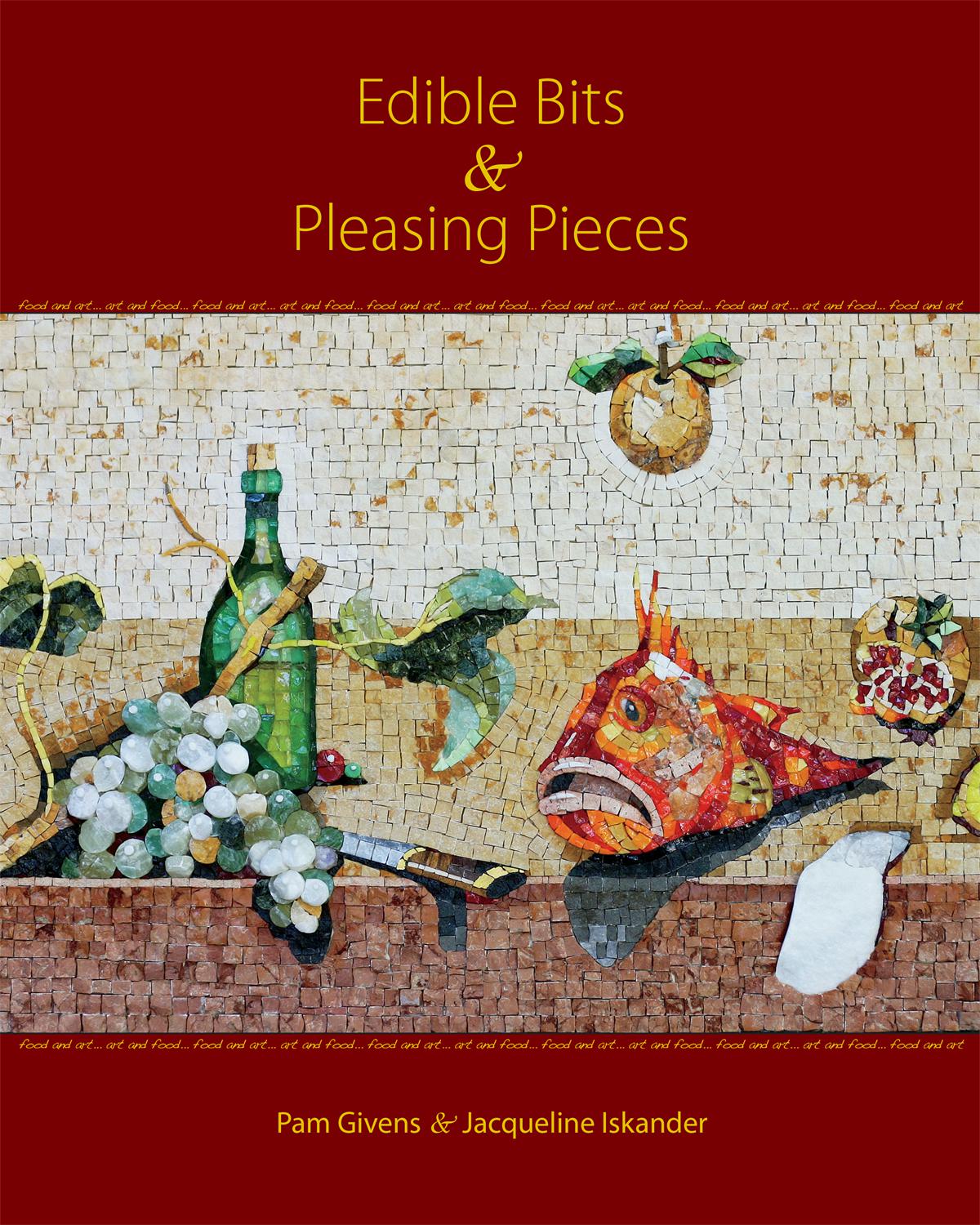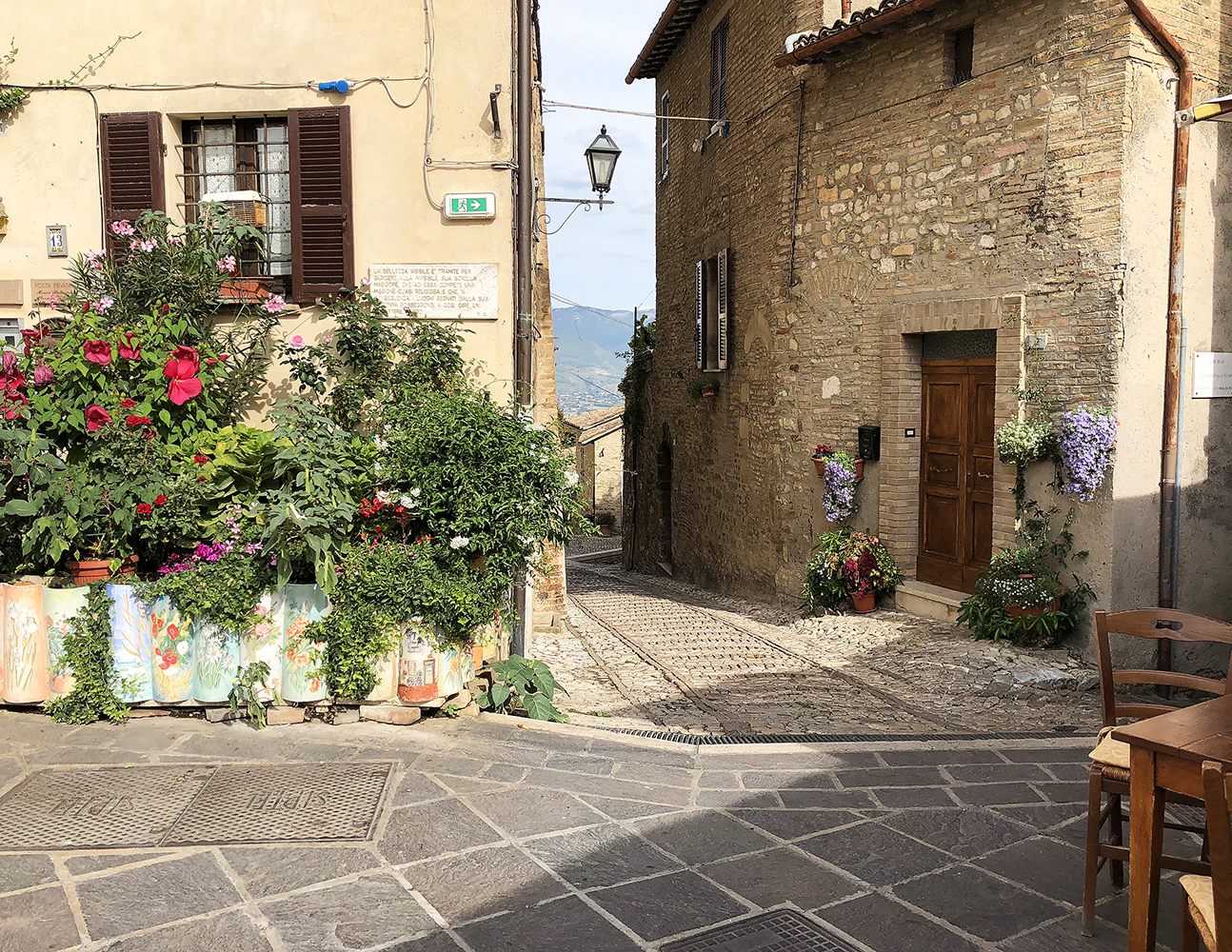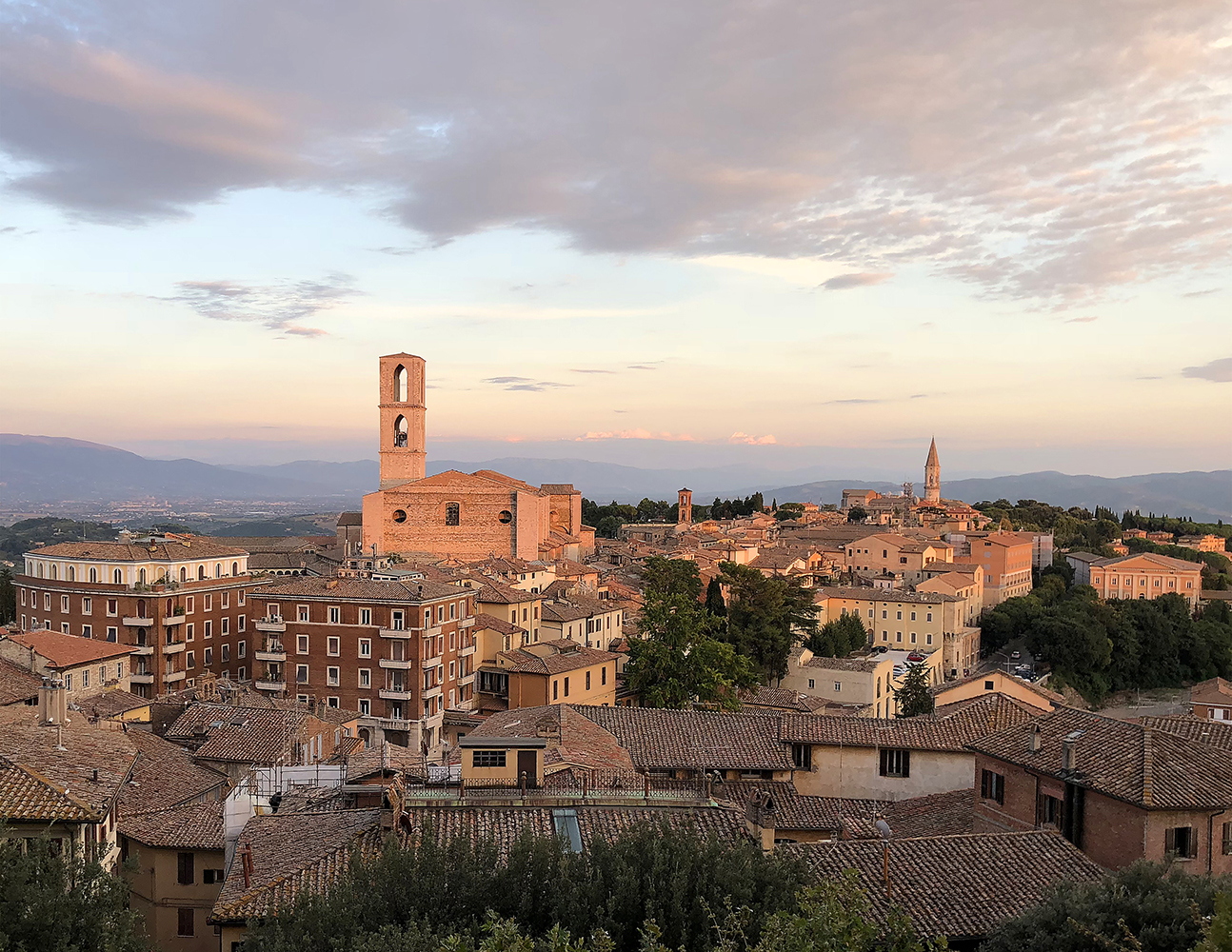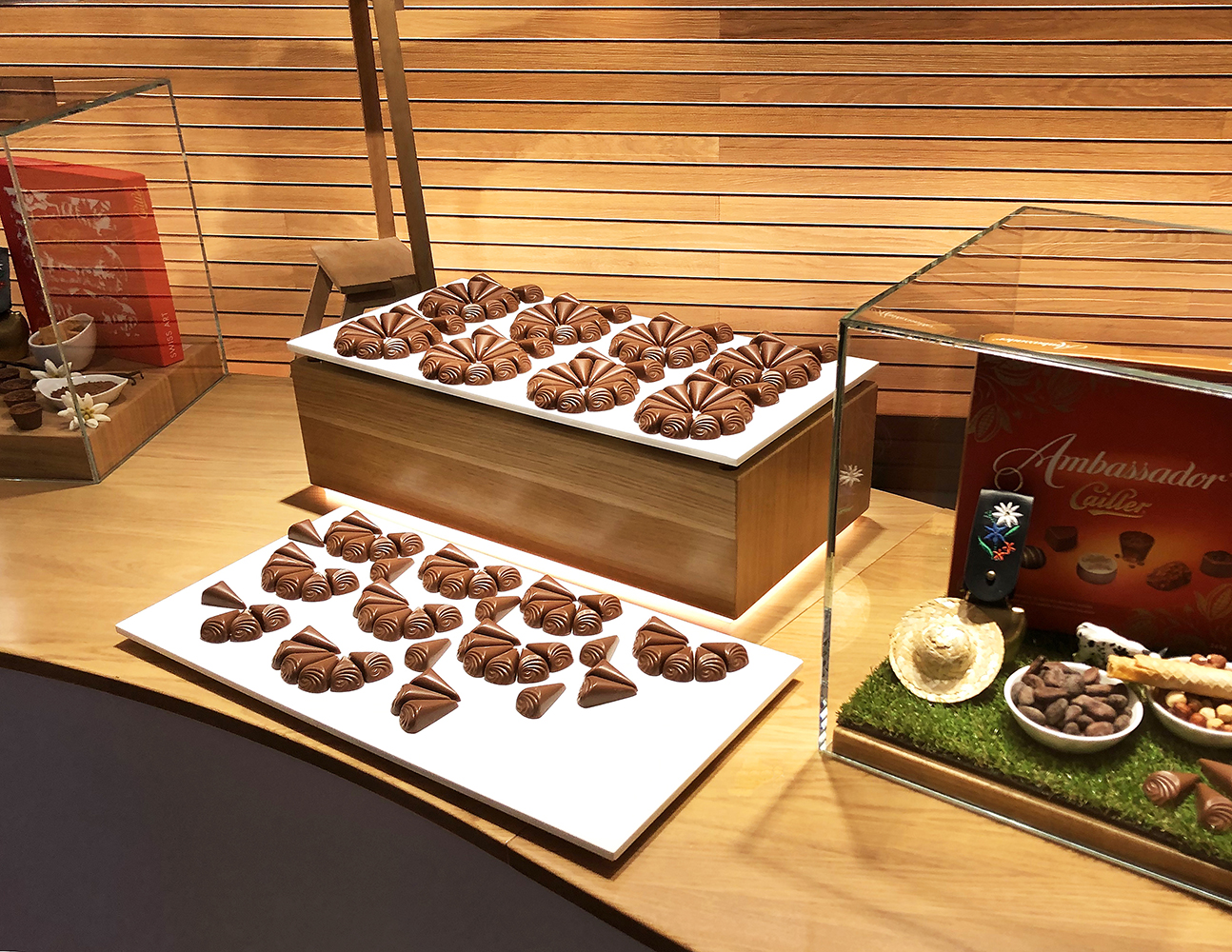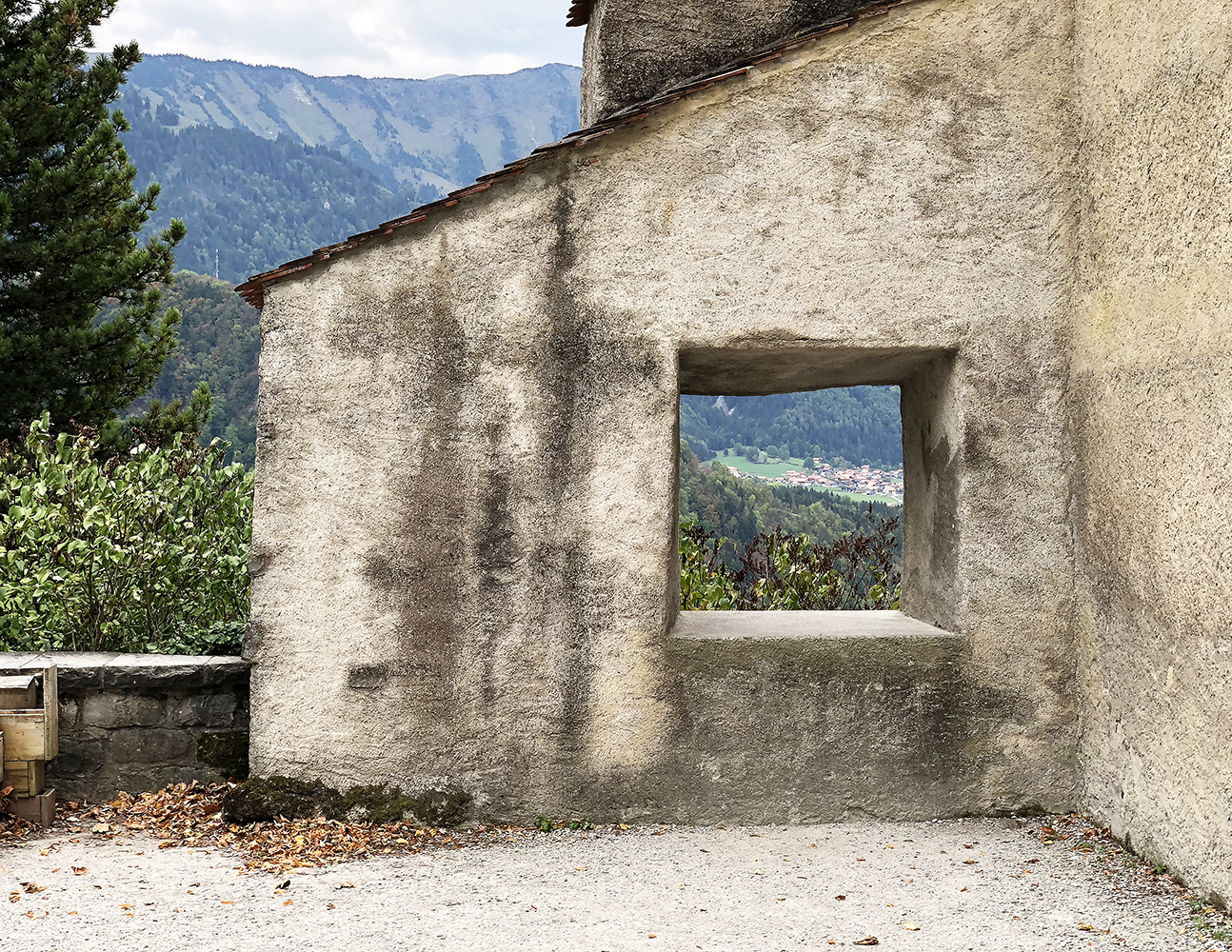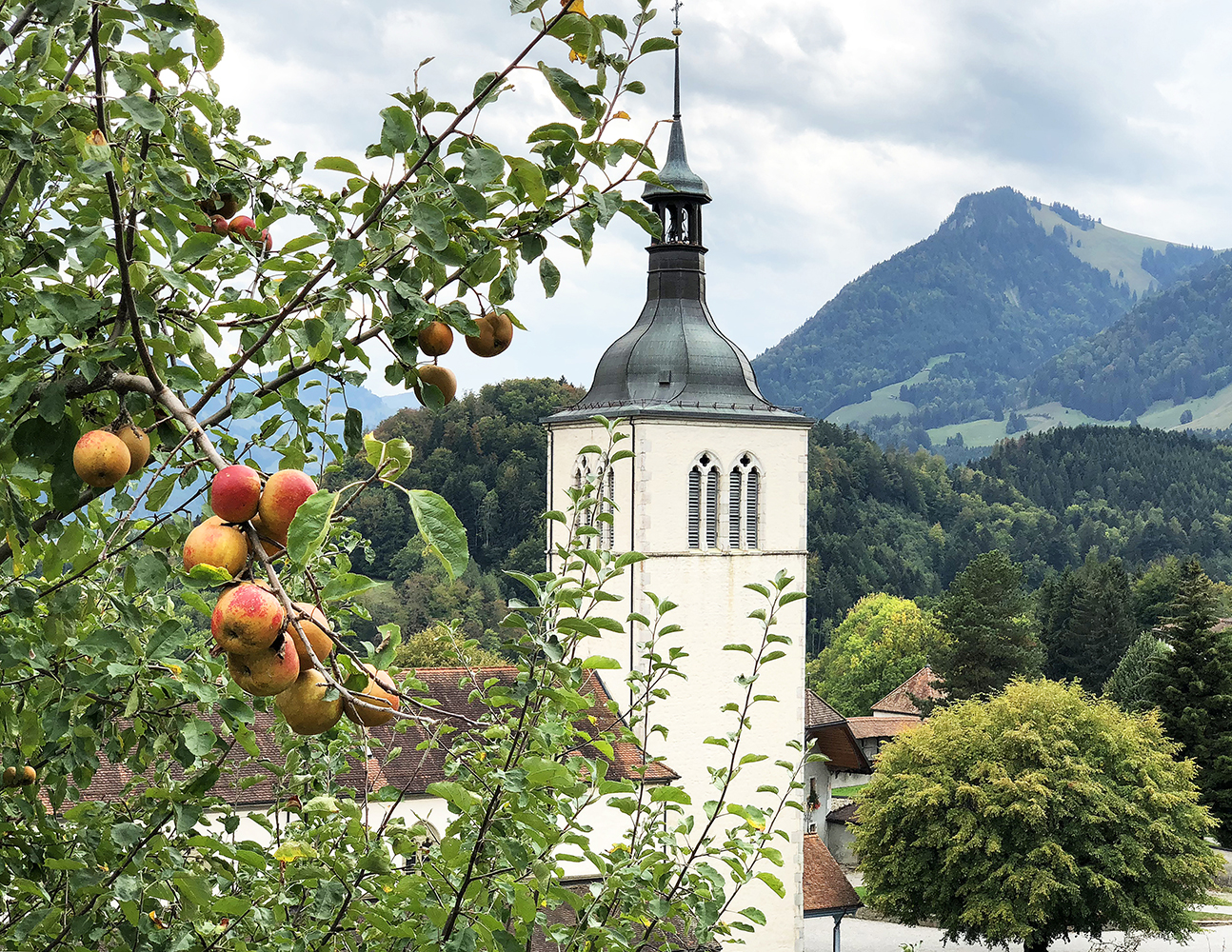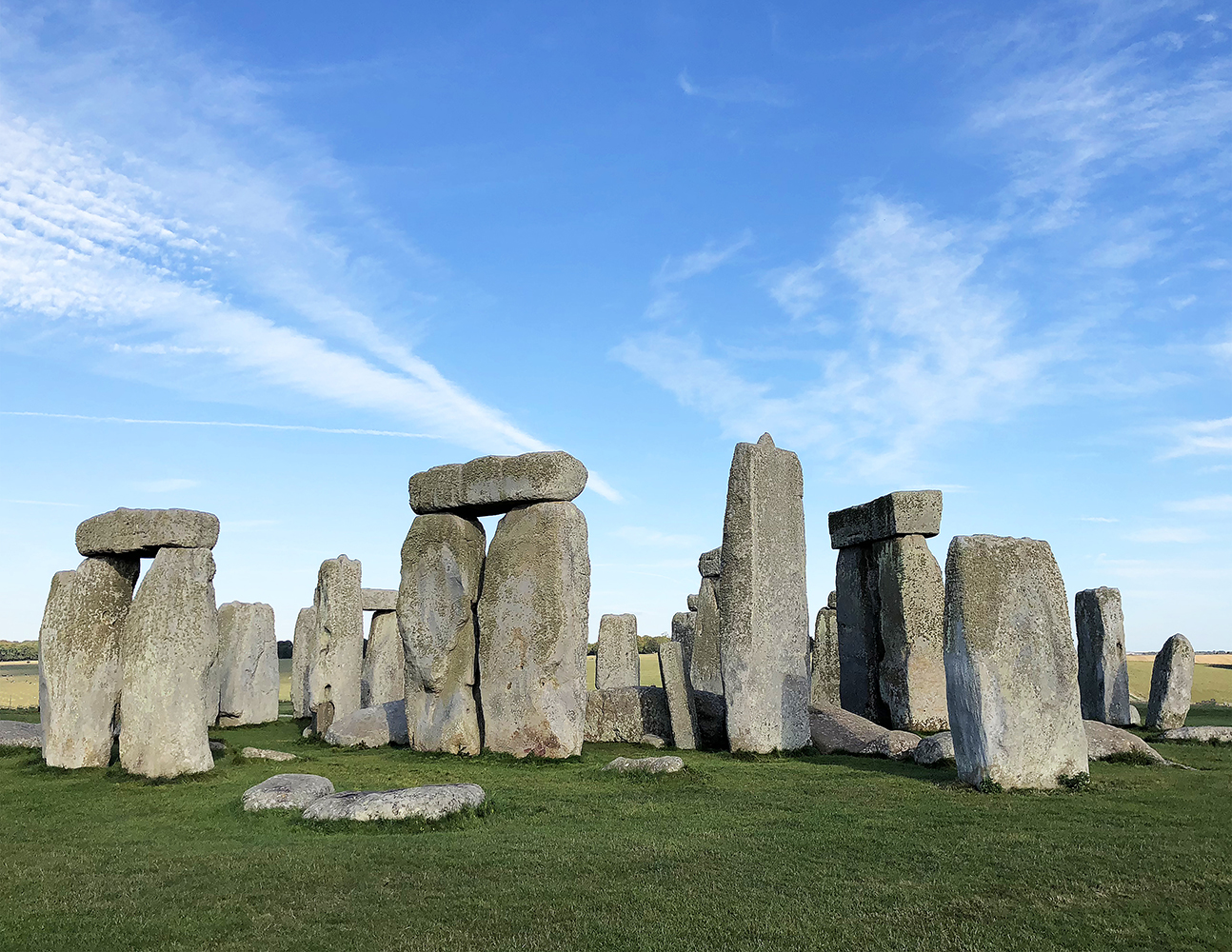About Familial Wounds
I think of familial wounds as being the psycho-emotional wounds that occur in our upbringing, especially through neglect and abuse. Another dimension to these wounds is that they are often ancestral, going back some number of generations. Until one is able to recognize an unhealthy family dynamic, well… it’s just your family and you have no frame of reference from which to have any judgement on it. It’s just how things are. Ignorance obscures your vision. Until an unhealthy family dynamic is recognized, it continues to be perpetuated. At the moment when there is recognition that things are not healthy—not good—a choice can be made.
By some magical confluence of happenings, I was able to recognize my own family’s very unhealthy and destructive dynamic, which began my escape from that dynamic, that worldview. While the word escape is fitting, it is also somewhat lacking because, although I escaped it, it has never left me.
My choice to follow a very different path and develop a very different worldview—a different way of seeing the world and my relationship to it—was the right choice, but it was not easy. I became an outsider in my own family, and as time went on and I continued on my path, it became more and more difficult to maintain a relationship with my parents and siblings. They could only interpret my behavior and choices through the lens of their worldview, the worldview that I was rejecting.
My family did not see an unhealthy dynamic, nor could my parents see the unhealthy dynamic in their own childhoods. So, through ignorance, it was perpetuated. The wounds live on, and are passed on, like DNA. Some wounds are like open wounds, being aggravated by all the things outside of us. Some wounds are just embedded in our tissue, recognized and healed, but they leave their mark. They change us, and in that sense they never leave.
This mosaic came out of my own experience and ruminations on familial wounds. As I was working on it, I began realizing that although I have succeeded in escaping that damaging worldview, and I have succeeded in developing what I believe is a healthy and good worldview, I can feel that old dynamic as viscerally as if I were still a part of it. I am not a part of it, but it is part of me.
So, the dimensional rings in the mosaic represent recent, open, and/or festering wounds. The embedded rings represent wounds that have healed and only their imprint remains. The gold lines represent energy: this could be seen as our body’s natural healing energy, as divine energy—grace, or just consciousness. To me, they are all of those. Of course, the color is meant to suggest tissue, raw emotional tissue. The gradation from dark to light represents hope. The dark swoops from top and bottom—defined by absence of material and connected to the outside border—can be interpreted as darkness, or the perils of the outside world. At one point, I thought of them as the daggers of life. The mosaic as a whole speaks to the healing process—we can recognize our wounds, make different choices, and heal. However, the wounds leave their mark, a testament to change and growth that helps define who we become.
Though the initial concept was of emotional wounds, it evolved toward what is for me the more potent issue of familial wounds. And I can’t say that I had even thought of it in those terms before. The work helped me more fully understand that it is familial wounds that have left their mark on me, and led me to the life I live. Bless those beautiful wounds!


